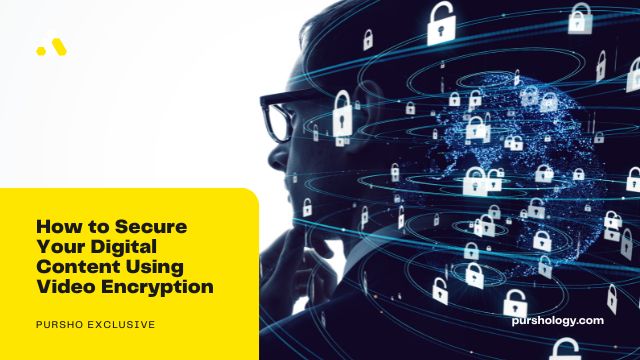Video encryption is an advanced method of protecting digital content from unauthorized access or manipulation. It is a powerful tool for organizations and individuals who need to keep their data secure from prying eyes. This article will explain how to use video encryption to protect your digital content.
What Is Video Encryption?
Video encryption is a process of encoding and scrambling the video data so that only authorized users can view it. Encryption is done using a special algorithm that is designed to make the data difficult to decipher without the key. Video encryption is used to protect sensitive information such as customer data, financial records, and intellectual property.
Why Is Video Encryption Important?
Video encryption is an essential tool for protecting digital content. Without it, valuable information can be accessed by anyone who has access to the data. It is especially useful in cases where the data is stored on a remote server or in the cloud. This helps to ensure that only authorized users can view the content. Video encryption provides an additional layer of security to prevent unauthorized access, tampering, and other malicious activities. Without video encryption, the video content could be easily intercepted by an unauthorized user with access to the network or by an outside hacker.
Data Security
The main purpose of video encryption is to protect data from unauthorized access. It prevents unauthorized users from accessing the data, as well as prevents them from tampering with the video content. By encrypting the data, it ensures that only authorized users can view the video content. This helps to maintain the integrity of the data and keeps it safe from malicious activities.
Privacy Protection
Video encryption also helps to protect the privacy of the individuals involved in the video. By using encryption, the video content is encoded and only those with the correct key can decode and view the video. This ensures that the video content is only accessible by those who are authorized to view it. This helps to protect the privacy of the individuals involved in the video.
Video Quality Protection
Video encryption also helps to protect the quality of the video content. Encryption ensures that the video content is not compromised by any malicious activities. This ensures that the video quality remains intact and the video can be enjoyed by those who are authorized to view it.
How To Set Up Video Encryption
Setting up video encryption is relatively easy. Most modern video players and streaming services have built-in encryption capabilities. All you need to do is enable the encryption feature and enter a key to secure the content.
Other Security Measures
In addition to video encryption, there are other measures you can take to secure your digital content. For example, you can use two-factor authentication, which requires users to enter a second code to access the content. You can also use access control, which limits who can view the content based on criteria such as IP address or user roles.
Conclusion
Video encryption is an effective way of protecting digital content from unauthorized access. It is a powerful tool for organizations and individuals who need to keep their data secure. Setting up video encryption is relatively easy and can be done using most modern video players and streaming services. In addition to video encryption, there are other measures you can take to secure your digital content, such as two-factor authentication and access control.







